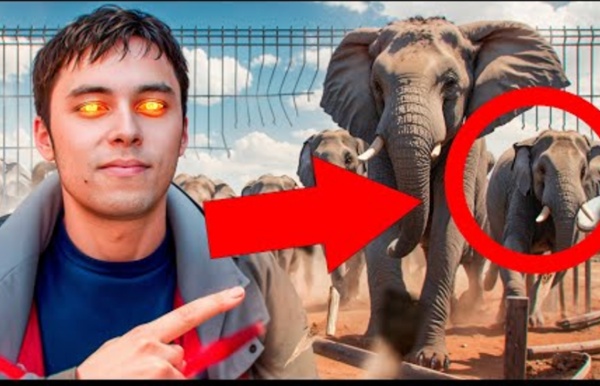



Michael Wesch "global dance floor" 10 jan 2009 | hal finney | "running bitcoin" Is YouTube Killing Music Piracy? For years the top record label executives have been claiming that it's impossible to compete with free, but YouTube is proving them wrong. With billions of views every month the major record labels are making millions by sharing their music for free. For many people YouTube takes away the incentive to 'pirate,' but at the same time it may also cannibalise legal music sales. The music industry has witnessed some dramatic changes in recent years, even when piracy is left out of the picture. In just a decade the Internet and the MP3 revolution have redefined people’s music consumption habits. We’ve previously documented how people moved from buying albums to buying singles. If we go back in time 5 or 6 years, people had only one option if they wanted to listen to their favorite artists online without paying for the pleasure. Although true music aficionados are hard to please, the majority of the public appreciates the option of listening to their favorite tunes for free on YouTube.
S.S. BIG BRAIN - BrainForce V A Web 2.0 website allows users to interact and collaborate... 1972 | Finding Lena Forsen, the Patron Saint of JPEGs Why YouTube Adopting Creative Commons Is a Big Deal Online Video News πολλά βίντεο *για* YouTube ή υπάρχει απεύθυνση στο... 23 april 2005 | The first ever YouTube video was uploaded 15 years ago The first ever YouTube video was uploaded on April 23, 2005 -- exactly 15 years ago, today. YouTube co-founder Jawed Karim posted the 18-second video, titled "Me at the zoo." It has since garnered over 90 million views. To this day, it is the only video on Karim's channel. Upon clicking play, the screen fills with a young Karim's face, his disheveled hair taking up the screen front and center. "Alright," Karim begins. There he is. "The cool thing about these guys is that they have really, really, really long, um, trunks," he continues. So. Unlike many YouTube creators' videos these days, Karim's video does not include what's considered the more traditional sign off: "Subscribe to my channel!" He ends the video simply by stating: "And that's pretty much all there is to say." A year after "Me at the zoo," Karim and fellow co-founders sold the platform to Google for a whopping $1.65 billion. Now, the platform boasts more than 2 billion logged-in users visit each month, according to YouTube.
Yup, YouTube Counts Video Ads As Regular Views Movie trailers are among the most popular videos on YouTube. A typical movie trailer gets millions of views, but how many of those views are natural and who many are pushed as paid-for ads? Yes, movie trailers are all ads in a sense. But people seek them out just like any other 2-minute video. That is not what I am talking about. The same movie trailers are also promoted through various means and shown as prerolls before other videos or via paid links and those views can also count towards the total. This is not an isolated incident. Not all ads count towards a view, but many do: Promoted Videos, skippable TrueView ads, homepage ads or search ads that drive traffic to the video page. I find this practice to be surprising, so I asked YouTube for an explanation. When it comes to paid advertising, view count of a video increases only when it’s clear that a viewer has made a choice to watch a video. There is nothing wrong with movie studios using their trailers as ads.
Barry Wellman, "Δικτυωμένος ατομικισμός" (networked individualism) -2000 1973 | not exactly internet | cut copy paste - Larry Tesler, the UI pioneer responsible for cut, copy, and paste, dies at 74 Larry Tesler, a computer scientist who is most well-known for creating the seminal computer concepts cut, copy, and paste, died on Monday at age 74. Tesler was born in 1945 in New York and studied computer science at Stanford, according to Gizmodo. After working in AI research, he joined Xerox’s Palo Alto Research Center (PARC) in 1973, where he developed cut, copy, and paste. The concepts would later become instrumental user interface building blocks for both text editors and entire computer operating systems. PARC is most famous for its early work on graphical user interfaces and how to navigate them with a mouse — and because Apple co-founder Steve Jobs saw this early research and used it as inspiration to develop better iterations of the ideas for Apple products. Tesler was also a champion of a concept called “modeless” computing, which is the idea that a program shouldn’t have different “modes” where a user’s input does different things based on whichever mode you’re in.